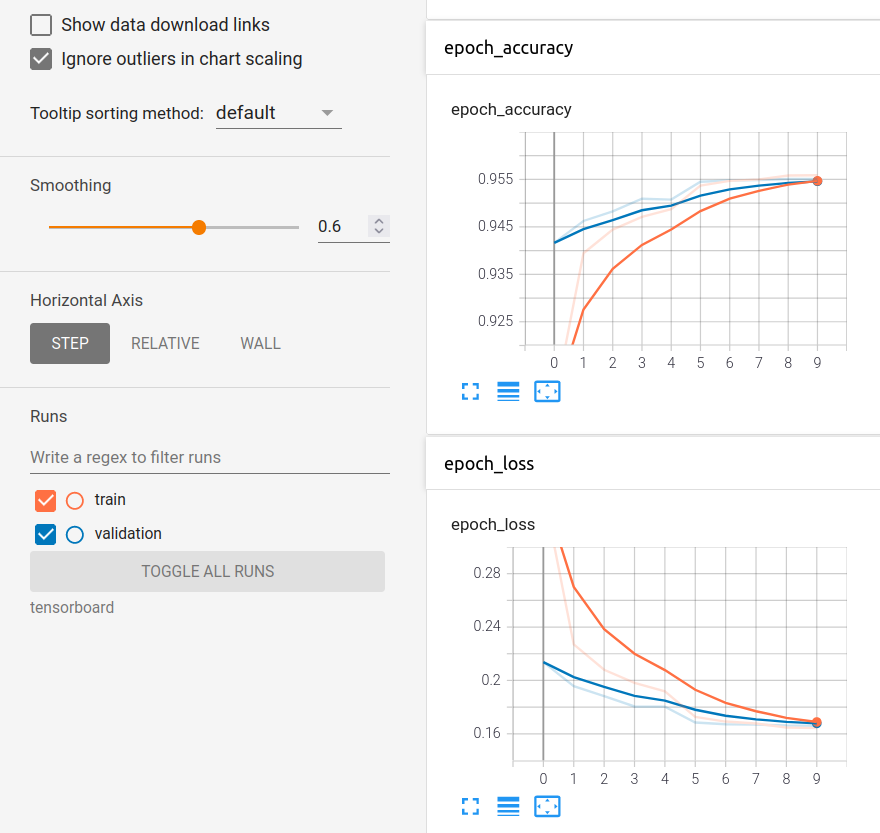QuickDraw - AirGesture
Here is my python source code for QuickDraw - an online game developed by google, combined with AirGesture - a simple gesture recognition application. By using my code, you could:
- Run an app which you could draw in front of a camera with your hand (If you use laptop, your webcam will be used by default)
- Run an app which you could draw on a canvas
Camera app
In order to use this application, you only need to use your hand to draw in front of a camera/webcam. The middle point of your hand will be detected and highlighted by a red dot. When you are ready for drawing, you need to press space button to start drawing. When you want to stop drawing, press space button again.
Below is the demo by running the sript camera_app.py:

Drawing app
The script and demo will be released soon
Categories:
The table below shows 18 categories my model used:
| apple | book | bowtie | candle |
| cloud | cup | door | envelope |
| eyeglasses | hammer | hat | ice cream |
| leaf | scissors | star | t-shirt |
| pants | tree |
Trained models
You could find my trained model at data/trained_models/
Docker
For being convenient, I provide Dockerfile which could be used for running training phase as well as launching application
Assume that docker image's name is qd_ag. You already clone this repository and cd into it.
Build:
sudo docker build --network=host -t qd_ag .
Run:
If you want to launch the application, first you need to run xhost + to turn off access control (if you only want to run the training, you could skip this step). Then you run:
sudo docker run --gpus all -it --rm --volume="path/to/your/data:/workspace/code/data -e DISPLAY=$DISPLAY --env="QT_X11_NO_MITSHM=1" -v /tmp/.X11-unix:/tmp/.X11-unix --device=/dev/video0:/dev/video0 qd_ag
Inside docker container, you could run train.py or camera_app.py scripts for training or launching app respectively. By default, the camera_app.py script will automatically generate a video capturing what you have done during the session, at data/output.mp4
Experiments:
For each class, I split the data to training and test sets with ratio of 8:2. The training/test loss/accuracy curves for the experiment are shown below:








